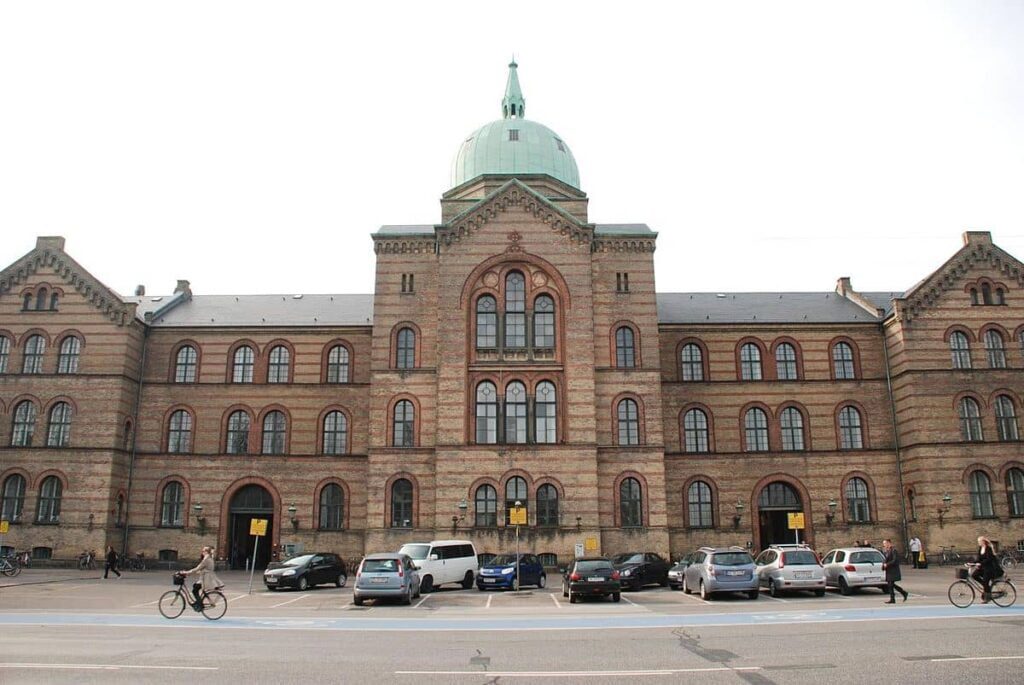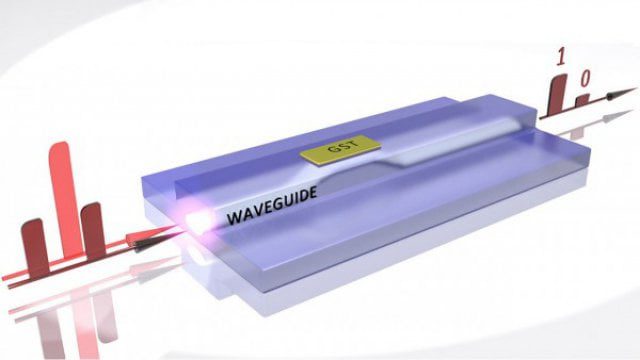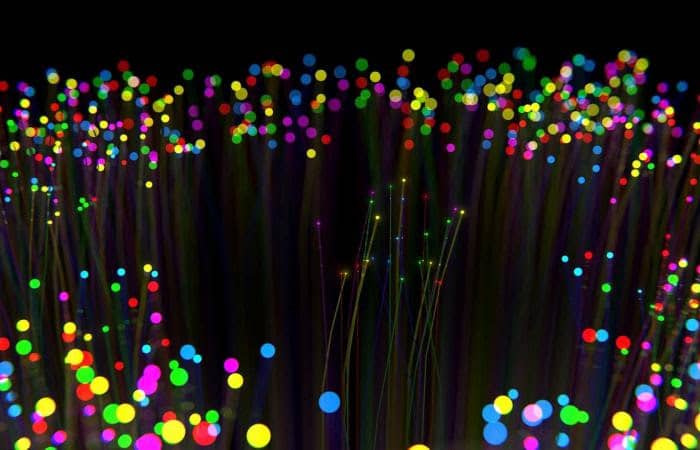A single computer chip transmits a record 1,84 petabits of data per second over a single fiber optic cable - that's enough bandwidth to download 230 million photos during that time. And that's more traffic than passes through the entire Internet backbone in one second.
Asbjorn Arvad Jorgensen and colleagues at the University of Copenhagen used a photonic chip, the result of a technology that allows you to build optical components on computer chips, to divide a data stream into thousands of separate channels and transmit them all at once for 7,9 kilometers.

1,84 petabit. Great Jupiter!
First, the team divided the data stream into 37 sections, each of which was sent through a separate core of the fiber optic cable. Each of these channels was then split into 223 blocks of data that existed in individual segments of the electromagnetic spectrum.
This “frequency comb” of evenly spaced light spikes across the spectrum allowed data with different colors to be transmitted at the same time without interfering with each other, greatly increasing the capacity of each core.
How the chip works
The chip, described in a paper in Nature (I link it here) needs a single laser, which shines continuously, divided into various frequencies, and separate devices to encode the data in each of the output streams.
Jørgensen says these devices could be integrated into the chip itself, making the entire system barely the size of a matchbox.

The future
Although data rates of up to 10,66 petabits per second have been achieved in the past (on large computers), this Danish research establishes a transmission record, that on a single chip.
This technology could allow the creation of simple single chips that can send far more data than existing designs, thereby reducing energy costs and enormously increasing bandwidth.
The average Internet traffic in the world is about one petabit per second. This chip transmitted twice as much.
Asbjorn Arvad Jorgensen
The amount of data sent to the experiment was so large that there is no computer capable of providing or receiving so much information so quickly.
As often happens, the future is already here but it is not yet well distributed: we imagined we could go much further than today with Internet connections.
Now we have an idea of how far we can go.


